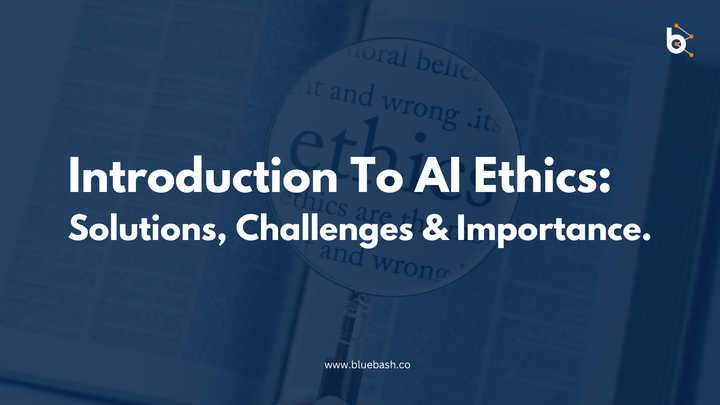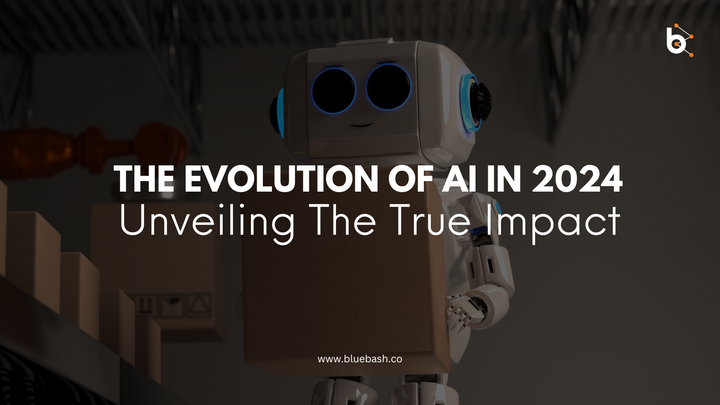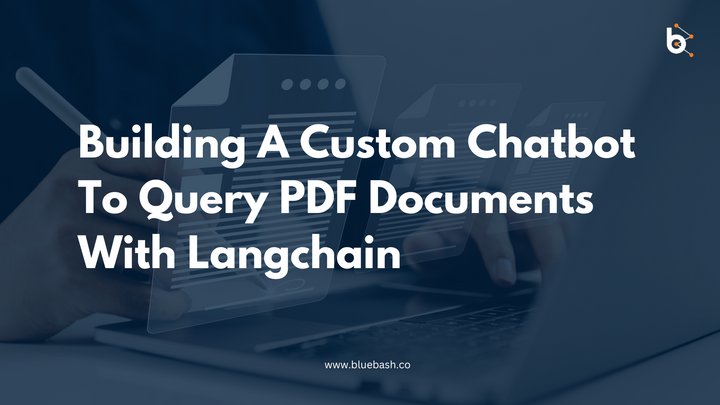The Evolution of Chatbots: Exploring Key Technologies
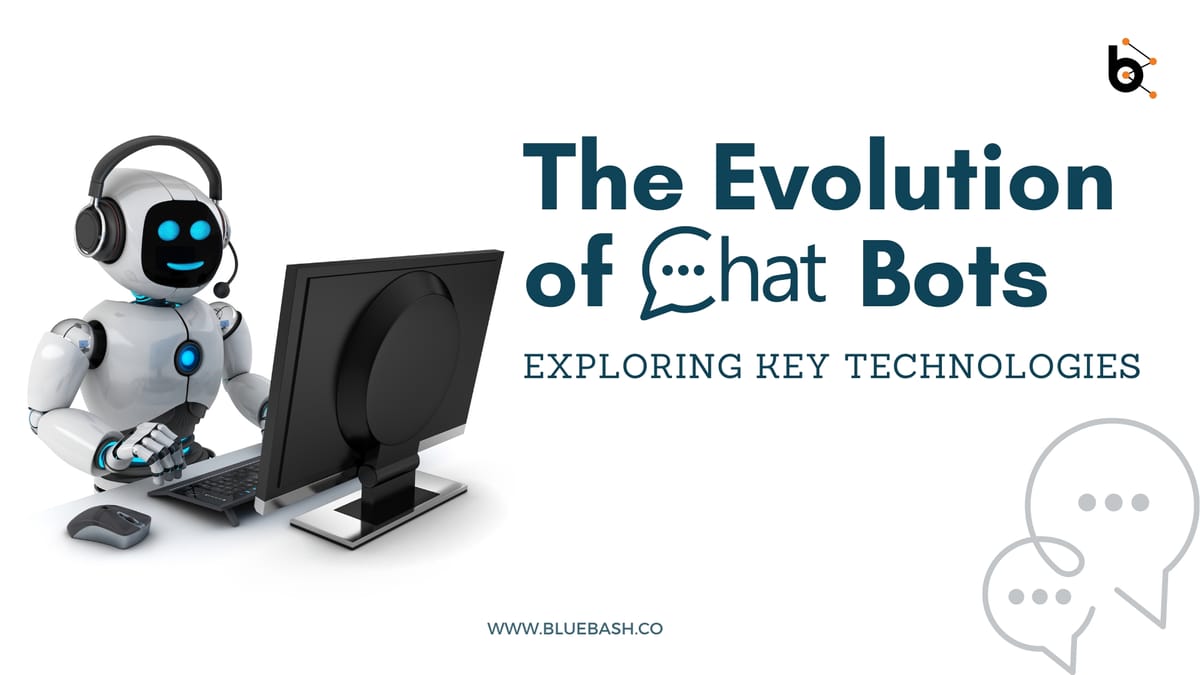
Chatbots have become quite common in our daily lives, whether it's on customer service websites, government portals, or even virtual assistants like Google Bard or OpenAI's ChatGPT. They're handy, easy to interact with, and available around the clock, which explains their increasing popularity for various tasks online.
However, most of these chatbots have their limitations. They often rely on fixed data for training, meaning they might not always have the most up-to-date information. This can lead to them giving outdated or inaccurate responses, and they sometimes struggle to understand the context of our questions or handle complex queries.
Overcoming Challenges with Retrieval-Augmented Generation (RAG)
To tackle these issues, advanced techniques like Retrieval-Augmented Generation (RAG) have emerged. RAG systems combine generative AI with real-time data from the internet to improve their knowledge base continuously. This allows them to provide more accurate and contextually relevant responses to user queries, enhancing their overall performance and adaptability.
Current Landscape: Technologies and Challenges
Current chatbots use various technologies, like natural language processing (NLP), machine learning algorithms, and neural networks, to understand user input and generate responses. But without real-time data integration, they may give inaccurate responses or struggle with complex queries.
The Promise of RAG
RAG addresses these issues by merging generative AI with information retrieval from external sources on the web. By doing so, RAG systems improve their contextual understanding, accuracy, and relevance. Information in their knowledge base can also be updated dynamically, which makes them highly adaptable and scalable.
Key Technologies in RAG
To make RAG systems work effectively, several technologies are involved:
- Frameworks and Tools: Frameworks like LangChain and tools like LlamaIndex streamline the development process of RAG models.
- Vector Databases: Databases like Pinecone and Weaviate facilitate fast retrieval of relevant information from the web.
- Semantic Analysis: Tools help in understanding the meaning and relationships between words and phrases.
- Similarity Search: Algorithms identify relevant documents or data parts to enhance responses.
- Privacy and Security: Tools like Skyflow GPT Privacy Vault ensure the protection of sensitive user data.
Embracing the Future
By embracing these emerging technologies, RAG systems aim to revolutionize interactions with AI-powered systems, promising more intelligent, context-aware, and dependable experiences in the future.
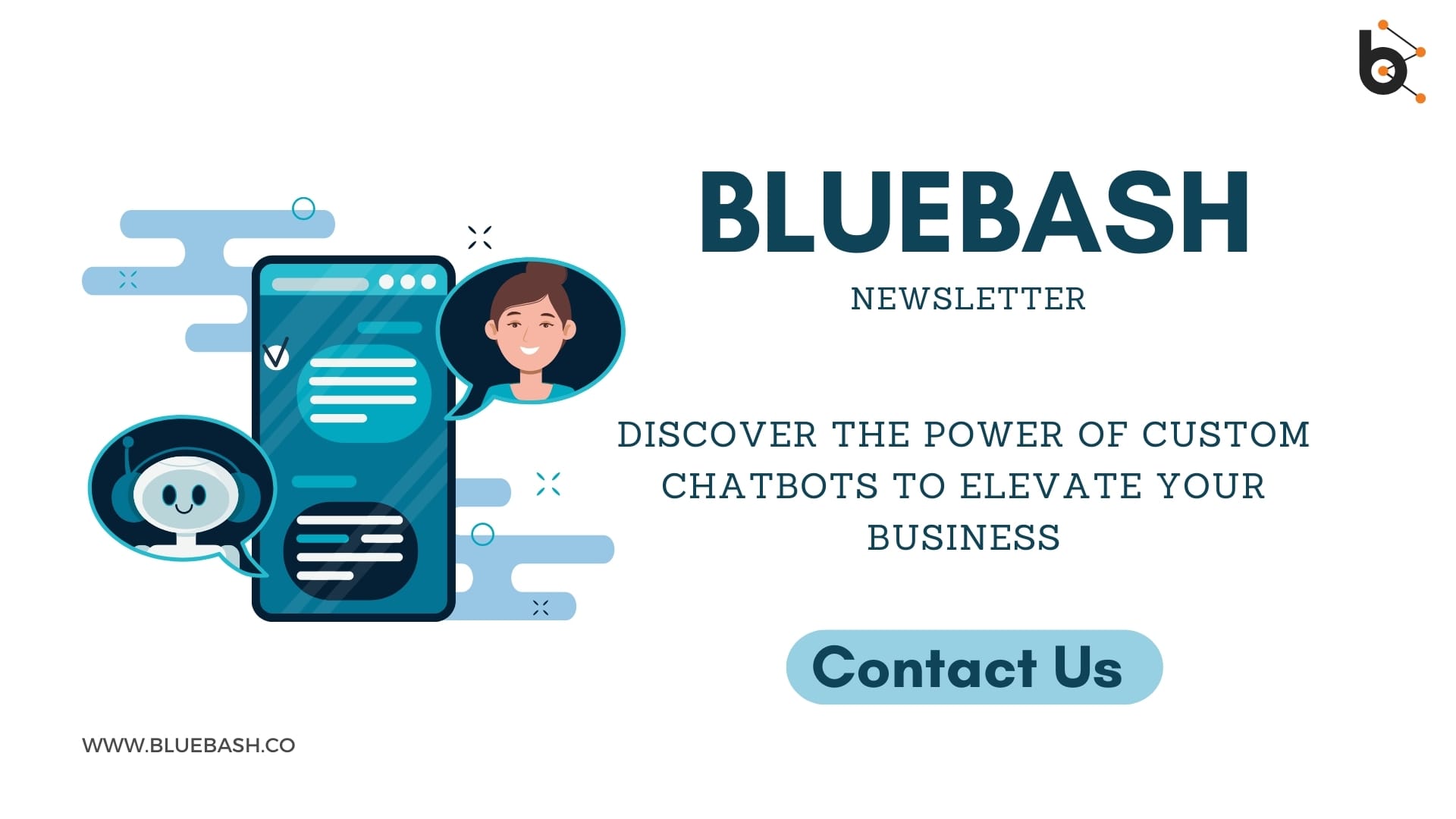
Source- The Next Web (TNW)

